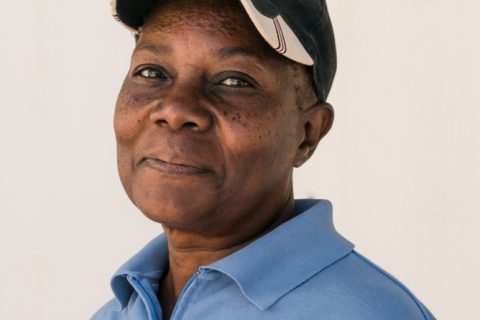A tour around Gaza

The need for leisure, breathing fresh air, while learning new things, led us to visit a province that is on the outskirts of Maputo.
Just a click away from Xai-Xai, the provincial capital, with an exceptional geographical location, Gaza borders Manica to the north, Inhambane to the northeast, South Africa to the south and Maputo to the west with Zimbabwe, making it an important entry point for development.
Publicidade
It is crossed by the Limpopo River, which makes it one of the most important provinces in Mozambique due to its agricultural potential. In the southeastern part, there are also around two hundred kilometres of coastline bathed by the warm Indian Ocean, which makes Gaza a province with unquestionable tourist potential, not to mention the lakes, parks of Limpopo and Banhine, and the beaches of Xai-xXai, Chizavane, Chidenguele, Zonguene and Bilene, which are located on this blessed coast.
If we add its cultural heritage to these natural beauties, we can eventually conclude that Gaza has all the conditions to be one of the greatest destinations in this country.
Manjakaze was the capital of the Gaza Empire, which existed around 1824. It was also the birthplace of Eduardo Mondlane, the first president of FRELIMO and the architect of national unity, in the village of Nwadjahane. It was also in Chókwè, in the heart of Gaza, which was once an important rice granary, and in the village of Chilembene, where the first president of the People’s Republic of Mozambique, Marshal Samora Moisés Machel, was born. No one in their right mind could refuse an invitation to travel to Gaza.

Manjakaze was the capital of the Gaza Empire, which existed between 1824 and 1895. It was also the birthplace of Eduardo Mondlane, the first president of FRELIMO and the architect of national unity, in the village of Nwadjahane.
When visiting Manjakaze, be sure to stop by the Center of Power tree, the king’s office, the tree where wounded warriors were treated under its shade. These places make us believe that nothing in life is by chance, as today the same places are occupied by entities that perform the same functions, the administration and the Chaimine hospital, as they did in colonial times. Also pass by Nwadjahane (house 120 and 1961), the hut where Eduardo Chivambo Mondlane was born and spent his childhood, the house he built, even though he was abroad, as an adult, the tombstone that symbolizes the place where the Mondlane family received Samora in 1975, the resource center, built in 2009, Capulana hotel with 14 rooms built as part of the project “a district a hotel”, to accommodate tourists interested in staying in the village, Mondlane monument, Nyawurhongolo lagoon and the lowland, places where in his childhood, Eduardo Mondlane grazed and bathed.

In Chilembene, visit the historic site of the Machel family, see the place where Samora Machel’s navel fell, the baobab tree rebuilt in his honor, in the same space, immortalizing him. The space where the hut where he lived as a child was located, the place where he left to join the army, to fight against colonial domination, and his house built next to his parents’ residence.
The Portuguese established their base in Samora Machel’s former home so they could monitor the family’s movements, since Samora was wanted because he was seen as a threat to the liberation struggle as a brave man and mobilizer.
The Portuguese decided to settle in his residence, hoping that he would appear or send a messenger to deliver messages, which did not happen, and so they ended up establishing a colonial post, the residence of the head of the post, a prison and the residences of the “sipaios” in this location, which is now a state heritage site. It is in the same area that his monument and the monument of Josina Machel, a national heroine, an icon of the emancipation of Mozambican women, and a prominent fighter in the national liberation struggle, are located.
All the sites are easily accessible via paved roads, and you may or may not be accompanied by a tour guide.

From Maputo to Xai-Xai, the capital city, it is 210 km.
But you can travel by plane to Xai-Xai. From Xai-Xai to Manjakaze it is 75.5 km, which can be done comfortably by car. To get to the hotel, you have to take a 1 km dirt road, but the road does not require a 4-wheel drive car, any tourist car can reach the hotel.

There are several hotels that offer breakfast and have a restaurant with a variety of options in terms of dishes and drinks.

Visit murals, learn about the history of the place which is associated with two leaders who fought against Portuguese colonialism to liberate the homeland, King Gungunhana and President Eduardo Mondlane, and enjoy Chidenguele beach.

There are no restaurants in tourist (historical) places, so it is suggested that you bring snacks.
Edição 84 SET/OUT| Download.




































0 Comments